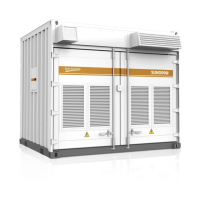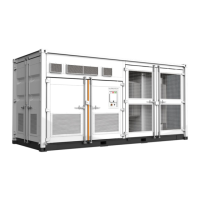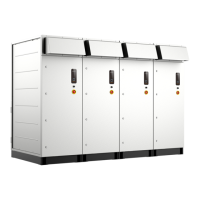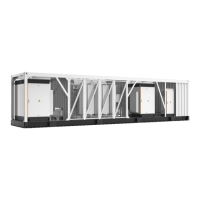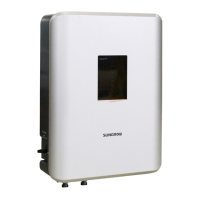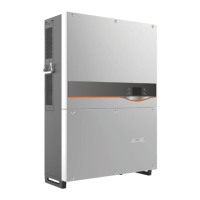17
4
Transport and Storage
4.1 Precautions
Failure to transport and store the product in accordance with the requirements in
this manual may invalidate the warranty.
4.2 Transportation Requirements
• Choose appropriate means of transportation according to the size and weight of the
product.
• Place the product horizontally during transportation.
• Avoid collision or strong shock during transportation.
• Transport the product in accordance with relevant local regulations and standards.
• Wear proper personal protective equipment when operating the product.
4.3 Storage Requirements
4.3.1 Storage Environment
• The inverter should be stored in an environment with a temperature ranging from -40°C
to 70°C. f the ambient temperature is too low, take necessary heating measures for the
inverter's internal devices.
• The inverter should be stored in a warehouse with a humidity of less than 55%. If the
average ambient humidity is lower than 55%, it is suggested to change the desiccants
every three months; if the humidity is higher than 55%, change the desiccants every
month. The montmorillonite desiccant should be used. Each inverter unit requires 8 bags
of desiccant, 200g per bag. Before grid connection, take the desiccants out of the
inverter.
• Keep the product on a dry, flat, and solid ground that has sufficient bearing capacity and
is not covered by vegetation. The ground where the product is kept should be flat, with a
horizontal error of less than 0.25%, and have an overall slope of less than 5 degree.
• Avoid storing the inverter in places where it may come in touch with rainwater, or in low-
lying places, to prevent the accumulated rainwater from getting into it. If the inverter must
be stored outdoors due to restrictions on site, elevate its base off the ground to a certain
height. The height should be decided according to the geological, meteorological, and
other conditions on site.

